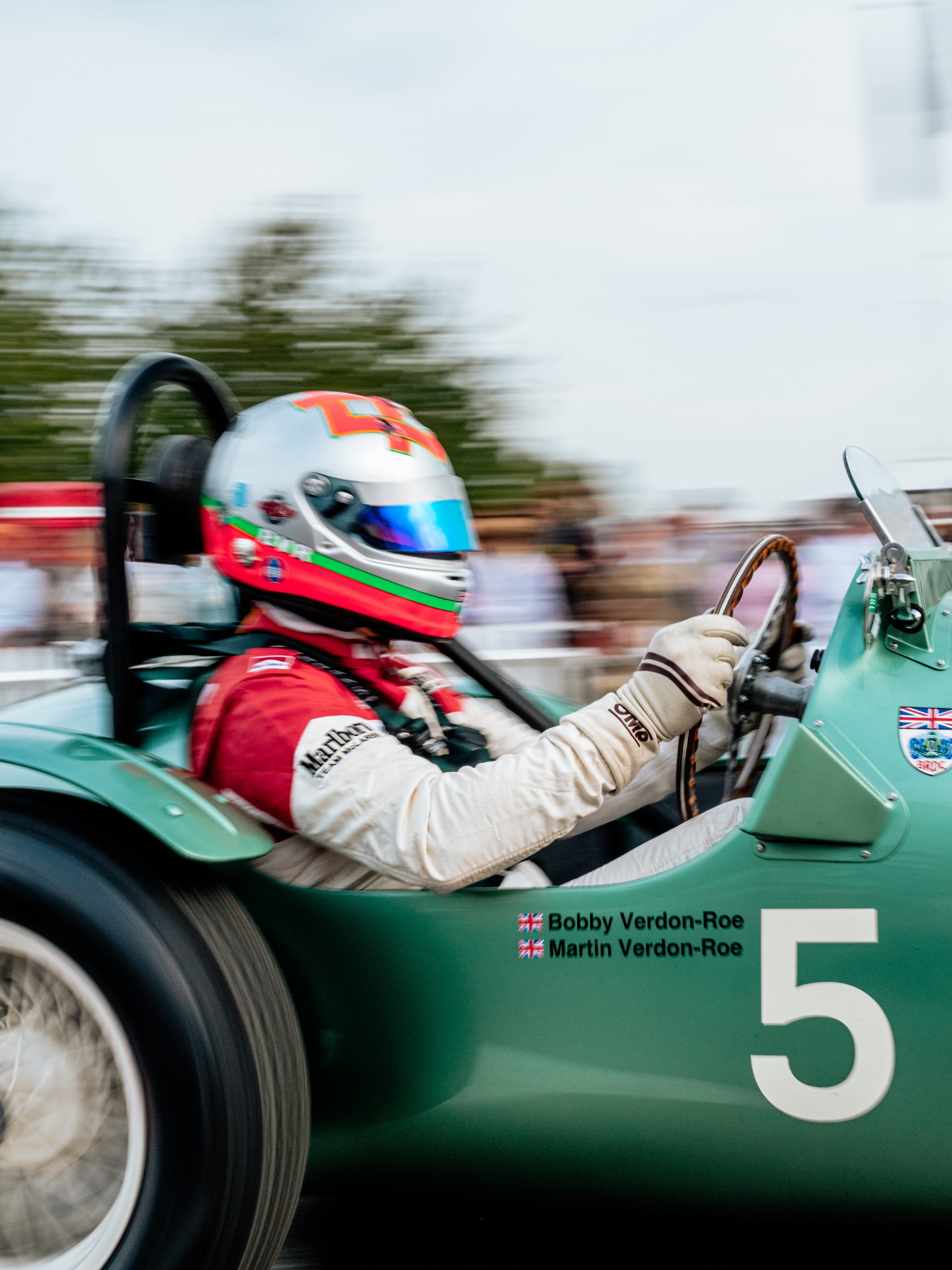Famous Five... Malaysian Grands Prix
This weekend’s Malaysian Grand Prix will be the 19th and last to be held at the state-of-the-art Sepang circuit just outside the Kuala Lumpur capital.

The race has been funded by the Malaysian government since first appearing on the calendar in the autumn of 1999, yet has failed to attract decent crowds or boost the automotive and motorsporting culture in the country. In recent years, the government has questioned the value of the race and a decision was finally taken to end the poor return on expensive race-hosting fees. So poor has been that return that despite almost two decades of unbroken presence in Formula 1, Malaysia has produced just one Grand Prix driver – Alex Yoong, who tackled 14 races for Minardi in 2001-2002.
The fast Hermann Tilke-designed circuit, that features flowing corners and long straights, has always been popular with drivers and has thrown up plenty of variables in its 18 GPs to date. Here are five that immediately spring to mind.
1999 – Irvine clings on to title dream
Ferrari’s Eddie Irvine had found himself number one after team-mate Michael Schumacher broke his leg during Silverstone’s British GP. The German was back after a six-race lay-off and was tasked with helping Irvine to lift the Scuderia’s first drivers’ title since 1979. He duly took pole and took off into the lead, before letting Irvine pass so that he could back up the chasing McLarens of David Coulthard and Mika Häkkinen. The plan worked: Irvine led Schumacher to a Ferrari one-two and the Irishman took the points lead into the Japanese GP finale. The Italian team survived a late scare when the F399s were disqualified over bargeboard irregularities. The status quo was restored when it won its appeal and its cars reinstated.
2000 – Ferrari secures first title double since 1979
Michael Schumacher had played second fiddle to Eddie Irvine in the inaugural Malaysian GP 12 months earlier, but this time the German was on the crest of a wave having won in Japan to secure Ferrari’s first drivers’ title since Jody Scheckter lifted the crown in the flat-12 312T4 in 1979. For 2000, the only time Sepang would host a season finale, Schumacher made sure of the drivers’/constructors’ double for Ferrari – something it hadn’t done since that 1979 season – by beating McLaren’s David Coulthard to the tune of 0.7 seconds, with the second Ferrari F1-2000 of Rubens Barrichello taking the final podium spot. Schumacher’s ninth win of the season matched his record tally from 1995 with Benetton and Nigel Mansell’s haul from his title-winning season with Williams in 1992.
2003 – Raikkonen breaks victory duck
The fifth race to be staged at the Sepang circuit heralded the arrival of two youngsters who would become true F1 stars over the course of the next decade. In only his second weekend in the Renault race team after spending 2002 as the French squad’s test driver, young Spaniard Fernando Alonso stuck the R23 on pole. He would go on to secure his maiden podium finish after giving best to the Ferrari of Rubens Barrichello in second and a man who had joined the winners’ circle for the first time – Kimi Raikkonen. Having finished third in the opening race of the 2003 season in Australia from 15th on the grid, McLaren’s young Finn qualified seventh in the MP4-17D for round two and fought to the front for a well-deserved maiden win.
2009 – Button’s monsoon moment
All 10 of the previous Malaysian Grands Prix had run the full, 56-lap distance, but in 2009 the weather would play havoc with the race. Fresh from a fairytale win in Australia for Brawn the week before, World Championship leader Jenson Button made it back-to-back poles for round two at Sepang. The Briton lost out at the start but got back to the front after 17 laps. He was en route to an easy second successive win aboard the Mercedes-powered BGP 001 when a monstrous monsoon unleashed its full fury on Sepang and caused the race to be red-flagged. After lengthy delays, with drivers sitting on the grid, the decision not to continue was taken, leaving the results as they’d stood at the lap-32 stoppage. And so Button was declared the winner of one of the shortest races on record – with a maiden pole/victory/fastest lap cleansweep for his trouble.
2013 – Red Bull’s ‘Multi-21’
The 2013 race will be remembered as the one when relations between Red Bull drivers Sebastian Vettel and Mark Webber probably broke down irreparably. Reigning World Champion Vettel was desperate to get back in front of Webber after falling behind the Australian during the pit stop cycles. They came very close to colliding after a botched attempt to pass by Vettel, triggering a hand gesture from Webber. After being told to calm down and hold station behind the sister car in a coded pits-to-car radio message – the infamous ‘Multi-21’ – from team boss Christian Horner, Vettel ignored the instruction and passed Webber, by now in cruise mode to save his tyres, for victory. The body language in parc fermé and up on the podium was toe-curling, to say the least.
Photography courtesy of LAT Images
Formula 1
Malaysian Grand Prix
jenson button
michael schumacher
kimi raikkonen
sebastian vettel




